What Is The LPG Dual Fuel Conversion System
The first step is to select a tank. Most conversions are dual fuel conversions, which means you won't replace the old fuel system, you just need to add a second one. Therefore, liquefied petroleum gas storage tanks will occupy some storage space in your car, usually in the luggage compartment.
Tanks come in the form of "rings" or "capsules". Capsule tanks usually have a larger capacity, but they will take up more space in your car. They are smaller fuel tanks, and you must refuel AUTO LPG more frequently. Multiple valves are used to cover the bunk of the storage tank and allow liquefied petroleum gas to enter and exit the tank.
Once the storage tank is secured with bolts, a filling valve will be installed to allow for the filling of liquefied petroleum gas for vehicles. The ideal location requires minimal piping to connect to the storage tank. The fuel pipes are made of copper pipes, providing a certain degree of flexibility during wiring. The fuel tank must be connected to the filling point, and the pipeline must also extend all the way from the bottom of the car to the engine.

The solenoid valve should be installed on the fuel line between the fuel tank and the engine. When the car is driven on gasoline and the engine is turned off, this valve will cut off the flow of low-pressure gas. It also comes with a built-in filter that can remove any dirt from the fuel. The next major component is called the regulator, also known as the evaporator. This device realizes one of the functions of a gasoline engine carburetor - it uses the heat of car coolant to evaporate liquefied petroleum gas into gas. Another safety check occurred on the regulator. It includes an electronic circuit that cuts off the airflow when the engine stops or stalls. Regulators are usually smaller than regular carburetors, so finding space for them in the engine compartment is not a problem. The other part of the carburetor function is handled by a mixer installed in the intake manifold. The mixer extracts air from the air filter and liquefied petroleum gas vapor from the evaporator. It has a vehicle specific design to ensure optimal mixing of liquefied petroleum gas and air.
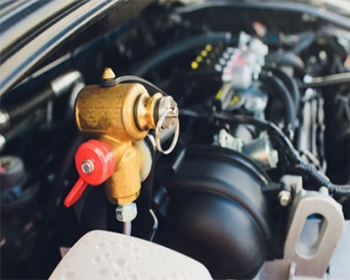
Then, the system must be connected to the car's electrical system in order for the fuel gauge to function properly and perform appropriate automatic switching between liquefied petroleum gas and gasoline. Along with the manual switch installed on the dashboard. It must be connected to the car's ECU so that the engine controller can adjust according to different fuel settings.
Vehicles equipped with multi-point fuel injection will require an electronic simulator. When the car uses low-pressure gas, the fuel injector will not send any information to other sensors inside the car - this may light up the "check engine" light and give incorrect diagnostic readings. The simulator will handle this situation and send appropriate signals so that the ECU can function properly.
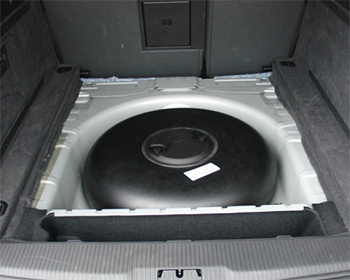
Modern cars (Euro IV and later models) have strict emission standards and require precise computer control supported by electronic control units (ECUs). The Sequential kit for LPG also has an electronic control unit that works synchronously with the car's electronic control module. The ECU helps to receive signals from various sensors, calculate and provide LPG fuel specifications for vehicle gas operation, ensuring smooth vehicle operation. It can also connect the computer and ECU through appropriate sockets for fault diagnosis. The conversion kit comes with more detailed instructions, but this is a basic overview that needs to be done in dual fuel conversion.
The process of converting cars to use liquefied petroleum gas requires a high level of expertise and requires a good understanding of the automotive system to complete. The kit provided by NGV company has all the standard specifications of components required to perform the conversion. Modifying without necessary professional knowledge or false parts may lead to suboptimal performance and safety hazards. Although liquefied petroleum gas is very safe as a car fuel, safety issues may arise if the system is installed incorrectly.
 Refer to:https://www.raghavlpg.com/index.php/lpg_kit_your.html#
Refer to:https://www.raghavlpg.com/index.php/lpg_kit_your.html#
The pictures and articles are from the internet. If there is any infringement, please contact us to delete them.
Popular articles
-
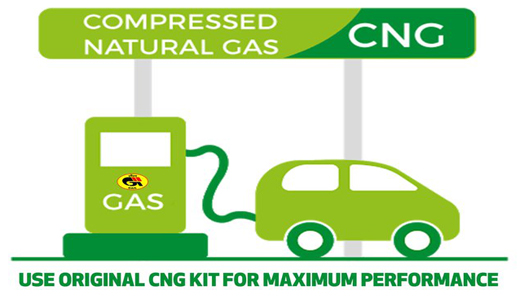
How the CNG Automotive S
Compressed natural gas (CNG) automotive systems
-
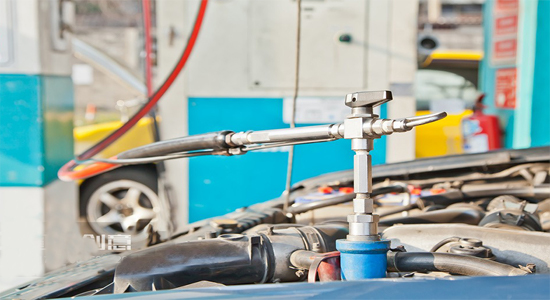
What Is CNG Pressure Red
The pressure reducer of natural gas vehicle is
-
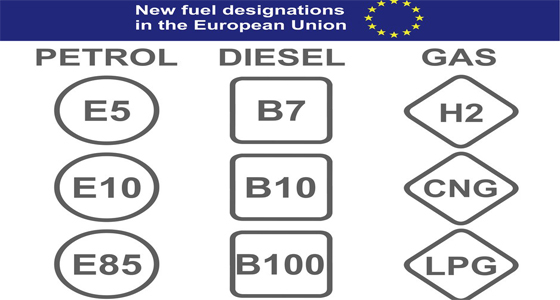
Advantages Of CNG Gas V
Compressed natural gas vehicles are vehicles th
-
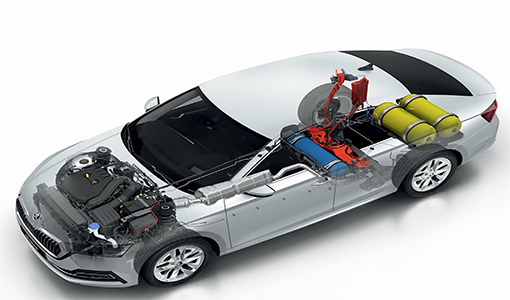
Reasons For High Gas Con
1. Original vehicle condition A. The tec
-
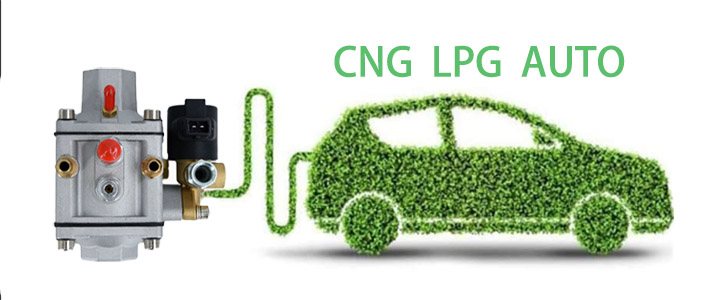
Differences Between Sing
Characteristics of Gas Single Point Device
-
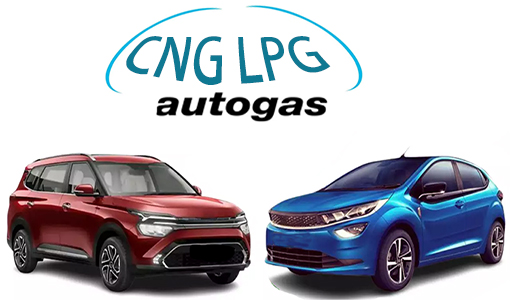
How To Improve The Power
1. Install ignition advance angle What i
-
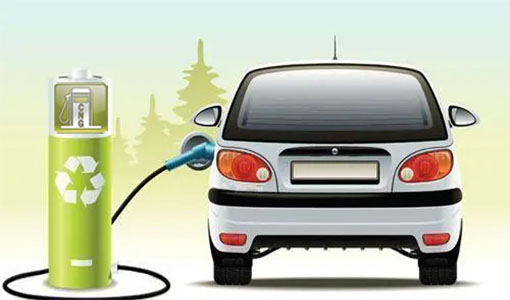
Advantages And Principle
LPG and CNG are two mainstream alternati
-
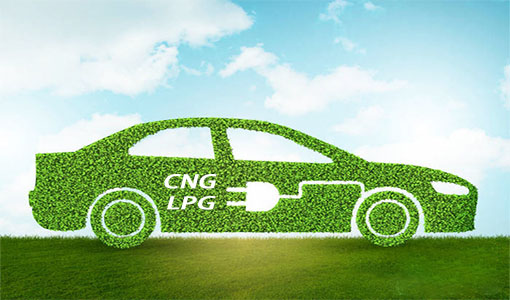
How The CNG Gas Vehicle
If you want to know ¨C how does the CNG conversi






Latest comments
0piece comment
no comments, welcome to comment¡£